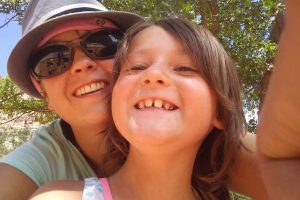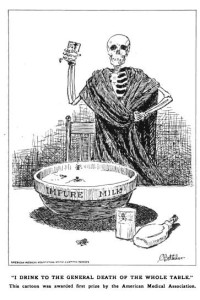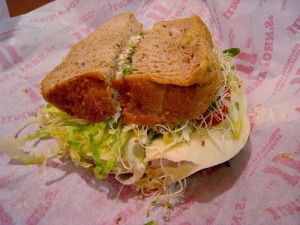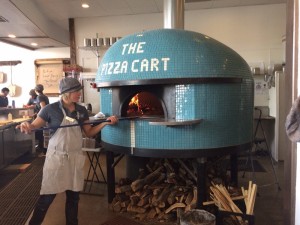The investigation into an outbreak of E. coli in the border towns of Hildale, Utah and Colorado City, Arizona are drawing to a close and it is believed that infected animals were the source of the disease.
 Two young children died and at least 11 people were sickened due to the outbreak, which Fox 13 News first reported July 2.
Two young children died and at least 11 people were sickened due to the outbreak, which Fox 13 News first reported July 2.
Friday, The Southwest Utah Public Health Department issued an update and stated that “It has been determined that the likely source of the disease was infected animals, followed by person-to-person contact. Several livestock tested positive for the E. coli strain involved in this outbreak.”
The owners of affected livestock have been notified and given guidance about how to proceed. The health department says tests of water systems, nearby springs, ground beef, produce and dairy products in the area were all negative. There have been no new cases reported in connection with this outbreak since July 9.
The family of 6-year-old Gabriella Fullerton of Hildale confirmed their daughter died of kidney failure as a result of E. coli. Fullerton and another young boy who lives nearby died while several other people were sickened.









